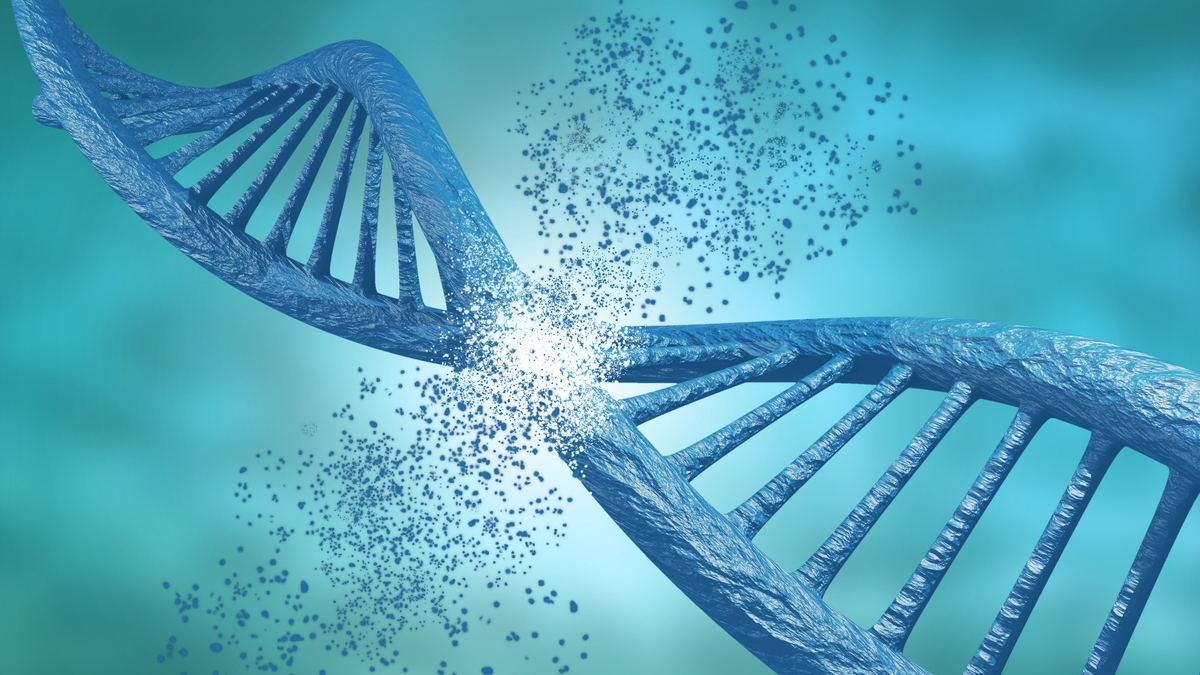Vertex, CRISPR prep filing for gene-editing blood disorder therapy

Vertex Pharma and partner CRISPR Therapeutics will start a rolling marketing application in the US for their gene-editing drug for sickle cell disease (SCD) and beta thalassaemia later this year.
The rolling application for exagamglogene autotemcel (exa-cel) – formerly known as CTX001 – will start in November, while a filing in Europe is also expected by the end of the year, said the two partners.
The time places exa-cel in pole position to become the first drug developed based on CRISPR/Cas9 gene-editing technology to reach the market.
It involves an 'ex vivo' use of gene-editing, where the technology is used to modify a patient’s own cells outside the body to make foetal haemoglobin (HbF), which can serve as a substitute to regular haemoglobin in both SCD and thalassaemia.
HbF produces normal, healthy red blood cells, rather than the misshapen cells produced by faulty haemoglobin in the two disorders.
Clinical trial results reported at this year's European Haematology Association (EHA) congress showed that a one-time treatment with exa-cel had a significant benefit in both SCD and thalassaemia patients.
People with SCD had a significant reduction in vaso-occlusive crises (VOCs) – painful attacks that are associated with the disease – after treatment with the therapy, which also removed the need for blood transfusions in almost all patients with transfusion-dependent thalassaemia in the studies.
"We continue to work with urgency to bring forward the first CRISPR therapy for a genetic disease," said Nia Tatsis, Vertex' chief regulatory and quality officer, in a statement.
The big question for the two companies is how well exa-cel will fare in the marketplace if approved, given that bluebird bio has already secured FDA approval for its one-shot gene therapy Zynteglo for thalassaemia, and is also developing a follow-up for SCD.
Treatment with Vertex and CRISPR's therapy requires that patients undergo myeloablative chemotherapy with a busulfan-based regimen followed by transplant with the modified cells back into the bone marrow, which carries a significant toxicity burden.
Most side effects with exa-cel in clinical trials were consistent with that process, similar to the approach taken to treat SCD and thalassaemia using a bone marrow transplant, which requires a matched donor.
CRISPR and Vertex are trying to find ways to sidestep the need for chemo with alternative conditioning regimens, but until they do so the jury is out on exa-cel's commercial prospects.











